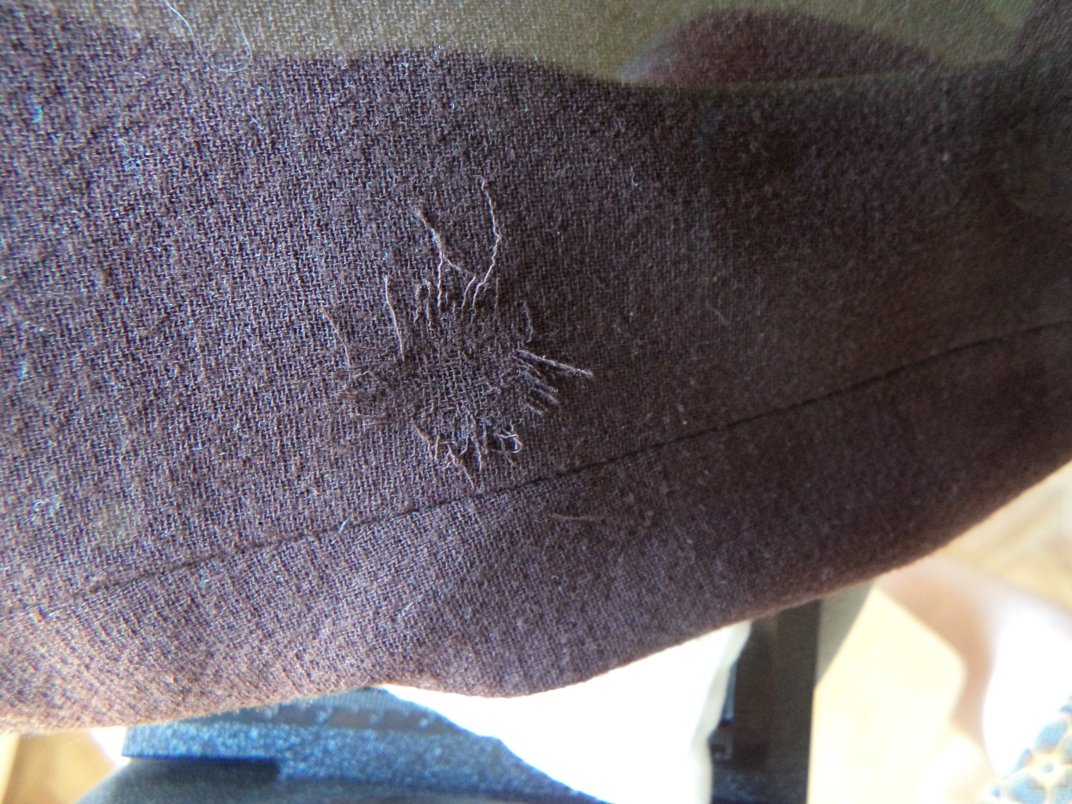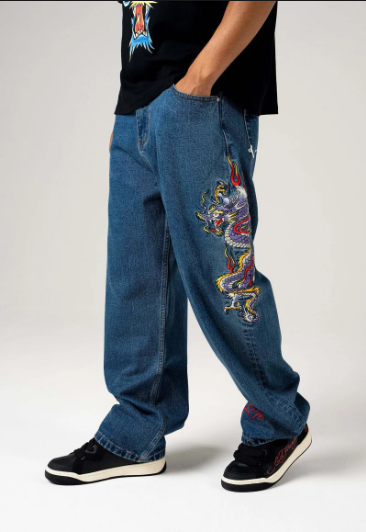Invisible Mending Service: A Fine Art for Flawless Garment Repair

Invisible mending is a specialized and intricate service designed to restore damaged garments to their original condition without any visible sign of repair. This method is often used on high-quality fabrics, luxury clothing, and sentimental items that merit meticulous restoration. Unlike typical patching or sewing, invisible mending requires expert techniques to seamlessly blend new threads with the original fabric, making the repair unnoticeable to the naked eye. For anyone who values their wardrobe or owns delicate vintage pieces, an invisible mending service can be an invaluable resource.
Understanding Invisible Mending Techniques
Invisible mending requires skilled craftsmanship and a deep understanding of fabric structure. The techniques used vary based on the material, extent of damage, and pattern of the garment.
1. Reweaving
- Description: Reweaving is the most common technique in invisible mending. It involves replacing missing threads by carefully stitching new fibers into the damaged area.
- Best For: Small holes, moth damage, and tears in woven fabrics like wool, cashmere, and silk.
- Process: The repair expert inserts matching threads from the same type of fabric, replicating the original weave pattern by hand. This process is meticulous and can take hours for a small area, but the result is virtually indistinguishable from the original fabric.
2. French Weaving
- Description: French weaving, also known as “invisible weaving,” is similar to reweaving but focuses on using fibers from the garment itself.
- Best For: High-quality woolen fabrics and luxury garments like suits and cashmere.
- Process: Small, undamaged threads are taken from hidden areas of the garment, such as hems or seams, and woven into the damaged section. This precise method achieves an impeccable, seamless look, ideal for small, highly visible repairs.
3. Overweaving or Darning
- Description: Overweaving involves creating a repair that is woven directly over the damaged area, whereas darning uses threads to reinforce weak spots.
- Best For: Larger holes or worn-out areas on less visible parts of a garment.
- Process: Though slightly more visible than reweaving or French weaving, this technique provides durability and is an excellent choice for areas requiring added strength.
Benefits of an Invisible Mending Service
Invisible mending is a go-to solution for anyone who values their clothing and wishes to extend the lifespan of high-quality garments.
1. Perfect for High-End Garments
For luxury garments, replacing a damaged item can be costly and wasteful. Invisible mending preserves the integrity of these high-end pieces, offering a way to repair damage without sacrificing the garment’s original look or feel.
2. Saves on Replacement Costs
Invisible mending offers an economical alternative to replacing an entire garment, particularly if it’s a premium or bespoke item. A minor repair done professionally can save you hundreds, if not thousands, of dollars.
3. Environmentally Conscious
As sustainability becomes a focus in fashion, invisible mending supports eco-friendly practices by extending the life of clothing, reducing textile waste, and encouraging responsible consumption.
4. Preserves Sentimental Value
For many people, clothing carries sentimental value—whether it’s a family heirloom, a vintage find, or a garment from a special occasion. Invisible mending can restore these items while preserving the emotional connection tied to them.
How to Choose a Professional Invisible Mending Service
Selecting the right mending service can make a significant difference in the outcome. Here’s how to find a service provider who will handle your garment with the care and precision it deserves.
1. Expertise and Experience
Invisible mending requires expertise, as each fabric demands a unique approach. Look for services with a proven track record in handling various fabric types, from delicate silks to thick wool. Experienced artisans have the training and patience needed to repair intricate weaves and patterns seamlessly.
2. Fabric Matching
One of the hallmarks of a good invisible mending service is its ability to match fabrics precisely. This may involve sourcing threads of the same type, color, and texture or repurposing hidden areas of the garment to achieve a perfect match.
3. Portfolio of Previous Work
A reliable invisible mending service will often provide a portfolio of past work, showing before-and-after images that demonstrate their skill level. Examining these examples can give you insight into their technique and ability to handle complex repairs.
4. Customer Service and Transparency
Since invisible mending is a delicate and time-consuming process, clear communication is essential. Choose a service provider who discusses options, sets realistic expectations, and is transparent about pricing and turnaround time.
Cost of Invisible Mending Services
The cost of invisible mending varies widely depending on the complexity of the damage, the type of fabric, and the time required for the repair.
- Small Repairs (e.g., tiny holes or minor moth damage): $40 – $75 per repair.
- Medium Repairs (e.g., multiple small holes, larger tears): $75 – $150.
- Complex Repairs (e.g., intricate patterns, large damage): $150 and above, especially for high-end or difficult-to-match fabrics.
Invisible mending may appear costly, but when you consider the replacement cost of high-quality garments, the investment is often worthwhile. Additionally, the expert craftsmanship involved ensures that your garment remains as close to its original condition as possible.
Taking Care of Invisibly Mended Garments
Once your garment has been invisibly mended, it’s essential to care for it properly to maintain the repair and extend its lifespan.
- Dry Clean Only: Invisible mending stitches are often delicate, so avoid machine washing and instead opt for dry cleaning, which is gentler on fabrics.
- Store Correctly: Store garments in moth-proof bags or with cedar sachets to prevent further damage, especially with wool, cashmere, and other natural fibers.
- Handle with Care: Avoid rough handling or pulling on the mended area, as invisible repairs, while strong, can be more delicate than the original fabric.
When to Consider Invisible Mending
While invisible mending is an ideal solution for minor damage, it may not be suitable for all repairs. Here’s when you should consider it:
- For High-Quality Fabrics: Invisible mending is well-suited for luxury fabrics like wool, silk, and cashmere, where other repair methods might compromise the garment’s appearance.
- For Visible Areas: If the damage is in a highly visible spot, such as the front of a coat or the collar of a shirt, invisible mending can restore the garment without noticeable signs of repair.
- For Heirlooms and Sentimental Pieces: If a garment has sentimental value, invisible mending is the most respectful way to restore and preserve it.
Conclusion: Why Invisible Mending is Worth the Investment
Invisible mending is more than just a repair—it’s a commitment to quality, craftsmanship, and sustainability. This service provides a means of extending the life of treasured garments, allowing you to continue wearing and enjoying them without the visible scars of past damage. Whether it’s a high-end suit, a delicate vintage blouse, or a cherished family heirloom, invisible mending offers a sophisticated solution to preserve your clothing’s integrity. For anyone seeking a nearly flawless repair, an invisible mending service is a timeless and valuable choice.
This content highlights the benefits and process of invisible mending, guiding readers to make informed decisions and showcasing the service’s value. Let me know if you’d like to refine any sections or focus on specific aspects of invisible mending.







